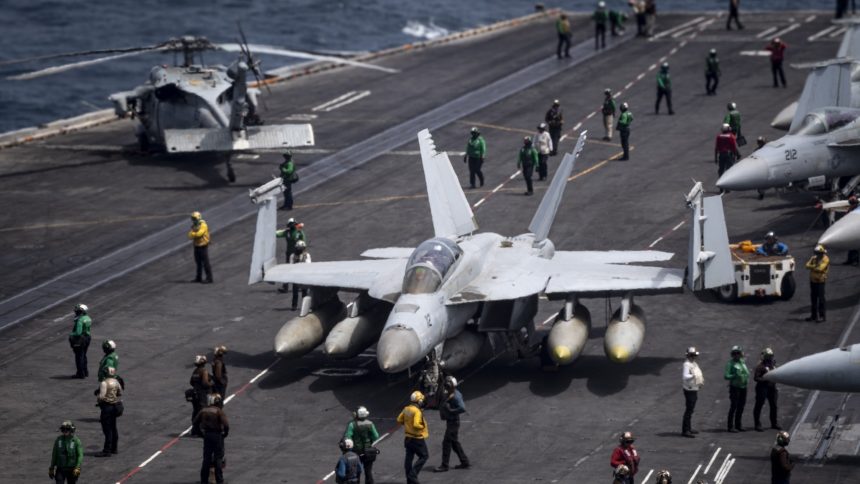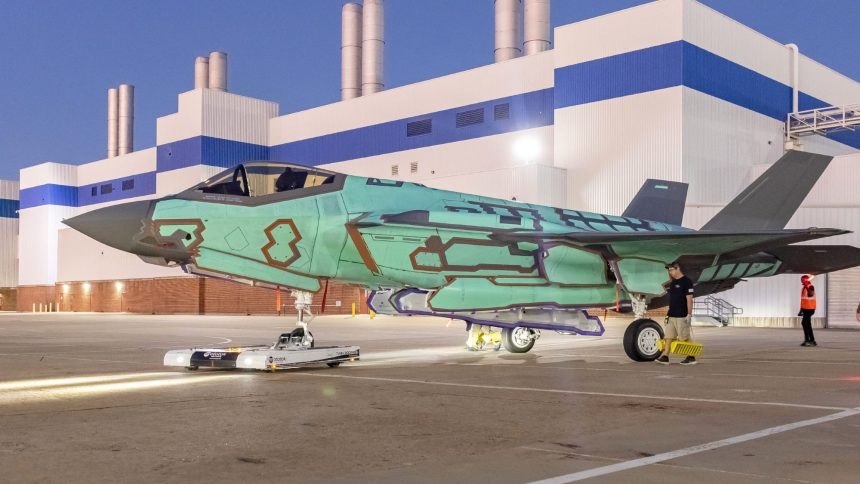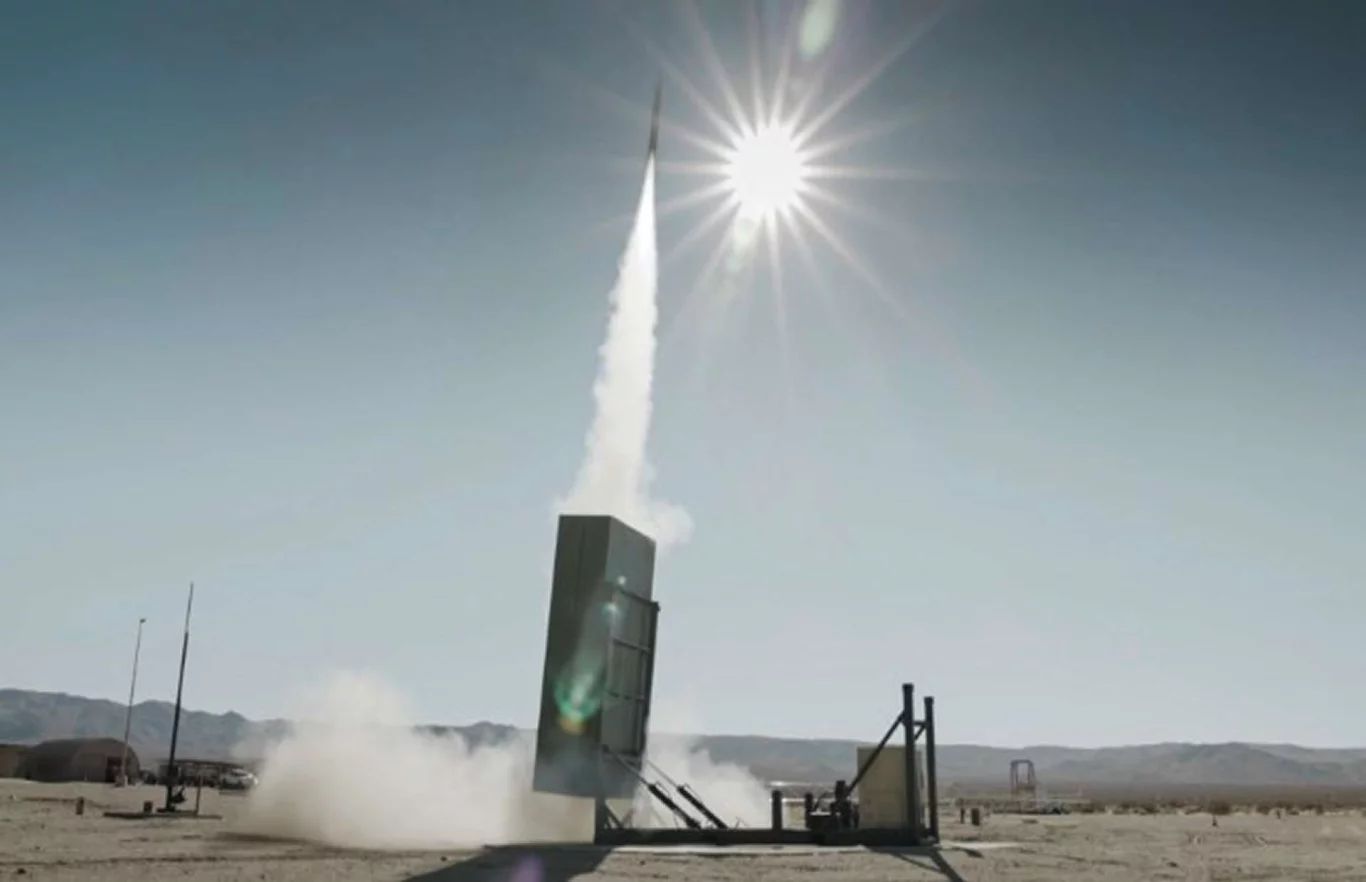In a heart-stopping sequence of events that has sent shockwaves through the U.S. naval aviation community, the venerable Nimitz-class aircraft carrier USS Nimitz (CVN 68) suffered the simultaneous loss of two cutting-edge aircraft within a mere half-hour window on October 27, 2025. An MH-60R Sea Hawk helicopter and an F/A-18F Super Hornet fighter jet both plunged into the contested waters of the South China Sea, yet in a stunning testament to the skill and bravery of the carrier strike group’s search and rescue teams, every single crew member—five souls in total—was plucked from the ocean alive and reported to be in stable condition.
The drama unfolded in the late afternoon local time amid what were described as routine flight operations in the strategically vital U.S. Central Command area of responsibility. At approximately 2:45 p.m., the MH-60R Sea Hawk—assigned to the elite Helicopter Maritime Strike Squadron 73 (HSM-73), known as the “Battlecats”—spiraled into the sea under circumstances that remain tightly guarded at this early juncture. The multi-mission rotorcraft, renowned for its anti-submarine warfare, search-and-rescue, and surface warfare capabilities, was operating directly from the flight deck of the USS Nimitz, the flagship of Carrier Strike Group 11 (CSG 11). Three crew members were aboard the ill-fated helicopter when it met its watery fate.
Barely thirty minutes later, at around 3:15 p.m., the situation escalated into a full-blown crisis. An F/A-18F Super Hornet from Strike Fighter Squadron 22 (VFA-22), the “Fighting Redcocks,” followed suit, crashing into the same turbulent expanse of the South China Sea. Eyewitness accounts from the deck of the massive 100,000-ton carrier describe a tense moment as the twin-engine fighter’s two pilots made the split-second decision to eject, their Martin-Baker ejection seats hurling them clear of the doomed airframe just before impact. The exact trigger for the ejection—whether mechanical failure, pilot error, or an unforeseen external factor—has not yet been disclosed, leaving analysts and aviation enthusiasts poring over every available detail.
The rapid-response search and rescue apparatus of CSG 11 sprang into action with textbook precision. Guardian angels in the form of SAR swimmers, HH-60H rescue helicopters from Helicopter Sea Combat Squadron 6 (HSC-6), and small boats launched from the Nimitz and her escort vessels—including the guided-missile cruiser USS Princeton (CG 59) and destroyers of Destroyer Squadron 23—converged on the crash sites. Within minutes, all five aviators were located, hoisted aboard, and rushed to the carrier’s state-of-the-art medical bay, where they were evaluated and stabilized. Official statements from U.S. Pacific Fleet emphasized that no serious injuries were sustained, a remarkable outcome given the violence of high-speed water impacts.
The USS Nimitz itself, the oldest nuclear-powered aircraft carrier still in active service and the lead ship of her class, is no stranger to the limelight—or to the perils of prolonged deployment. Commissioned in 1975, the “Old Salt” has logged countless combat missions from Vietnam to the Global War on Terror. Her current voyage, which commenced in March 2025 from Naval Base Kitsap in Bremerton, Washington, was billed as a routine Indo-Pacific rotation. Yet the itinerary has been anything but ordinary. After transiting the Pacific, the carrier entered the U.S. Fifth Fleet’s domain, conducting freedom-of-navigation operations and joint exercises before a high-profile port visit in Manama, Bahrain, in August. Now steaming back toward home waters through the geopolitically fraught South China Sea—where Chinese maritime claims clash daily with international norms—the Nimitz finds herself at the epicenter of both operational strain and global scrutiny.
These back-to-back mishaps arrive at a particularly inauspicious moment for U.S. naval aviation. The past year has been marred by a string of high-profile incidents, including a fatal F-35C ramp strike aboard USS Carl Vinson in January 2022, multiple Class A mishaps involving MV-22 Ospreys, and a deadly collision between two helicopters during night training off Southern California in April 2024. Readiness rates for carrier air wings have hovered below historical averages, exacerbated by maintenance backlogs, pilot shortages, and the lingering effects of post-COVID supply-chain disruptions. The loss of an MH-60R—valued at approximately $45 million—and an F/A-18F Super Hornet—priced north of $70 million—represents not just a material blow but a stark reminder of the razor-thin margins that define carrier operations.
Investigations are already underway. The Navy has appointed a senior aviator from Commander, Naval Air Forces Pacific, to lead a comprehensive safety investigation board, with technical experts from Naval Air Systems Command (NAVAIR) en route to examine recovered wreckage. Black boxes, sonar data from nearby submarines, and deck-launch video will be meticulously analyzed. Preliminary speculation ranges from bird strikes and fuel contamination to the ever-present specter of battle-damage-like fatigue on aging airframes—though the Super Hornet involved was a relatively young Block II example delivered in the mid-2010s.
Compounding the operational headache is the timing of the announcement itself. With the U.S. federal government currently in the throes of a partial shutdown—triggered by budgetary gridlock on Capitol Hill—official channels have been forced to rely heavily on social media for updates. The Pacific Fleet’s X (formerly Twitter) account issued a terse but reassuring statement late Monday, accompanied by a stock photo of flight deck operations under moody twilight skies. Further details, including potential impacts on CSG 11’s operational tempo, remain classified pending the completion of the probe.
For the men and women aboard the USS Nimitz, the incidents serve as a sobering punctuation mark on what is widely expected to be the carrier’s swan-song deployment. Decommissioning ceremonies are tentatively slated for late 2026, after which the ship will join her retired sisters at the Puget Sound Naval Shipyard. Until then, the crew—many of whom are on their final cruise before the “Big N” rides off into the sunset—must steel themselves for the long transit home, all while honoring the legacy of a floating city that has defined American seapower for half a century.
As the sun sets over the South China Sea, the aviation world holds its breath for answers. Two aircraft lost, zero lives sacrificed—an outcome that is nothing short of miraculous in the unforgiving arena of carrier aviation.




